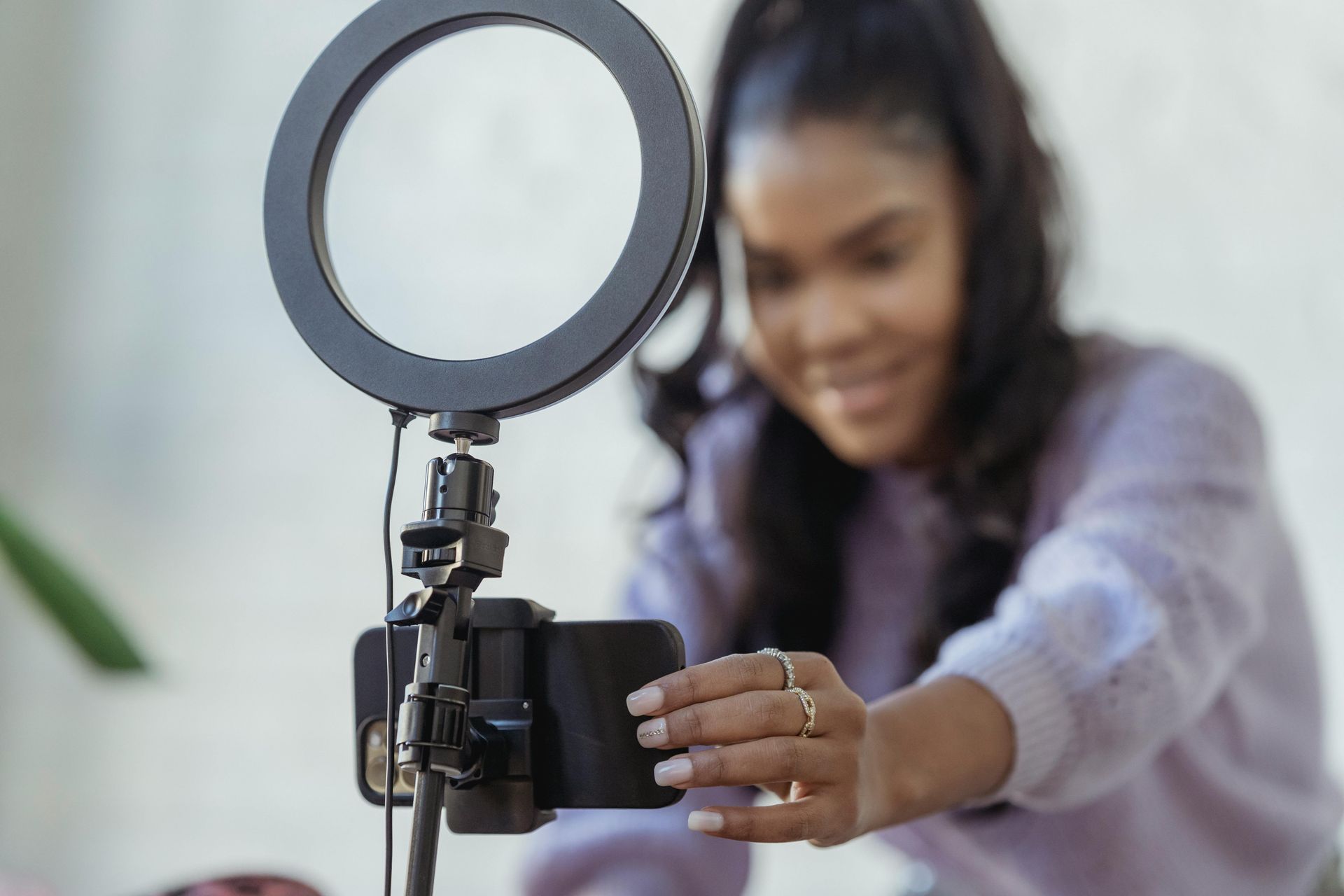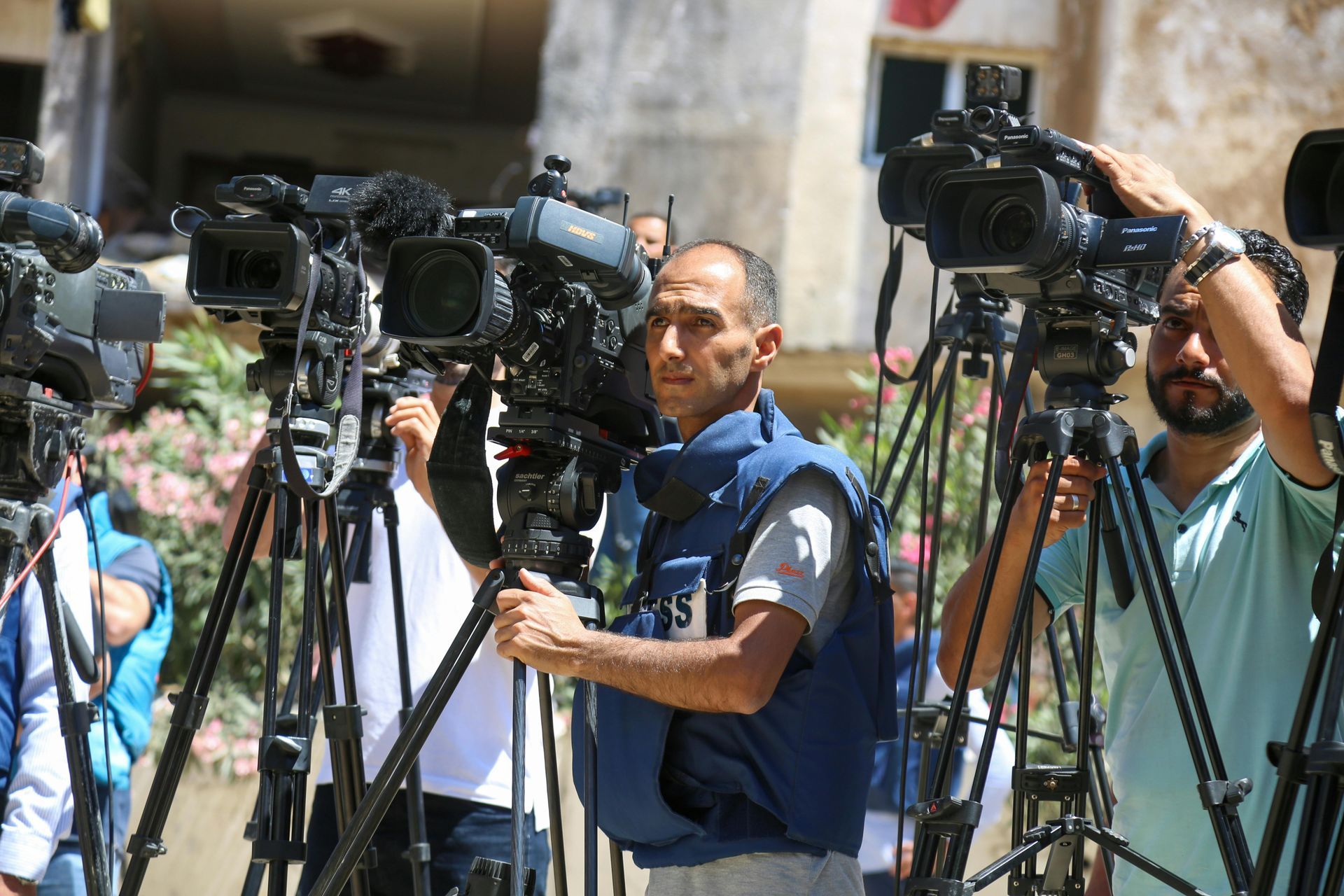User Journeys

Community, Serve Us Scenario
At Studio Kula, a media/tech production company, we provide an accessible, interactive solution to address humanitarian crises in the US. By focusing on local issues, we uncover root causes and create scalable solutions for other communities.
Our approach combines storytelling for an unbiased, 360-degree view of the problem and a live platform where leaders, experts, and the audience collaborate to crowdsource solutions. We offer an immersive experience to help all parties understand the affected populations, and at the end of each season, we implement the identified solutions for the community or cause.
Problems Looking to Solve/Opportunities
- Many news outlets and documentaries present biased stories, portraying heroes, victims, and villains instead of offering non-partisan narratives that foster empathy and educate voters.
- Stories should be told from all perspectives, emphasizing shared accountability and the challenges preventing solutions.
- During COVID-19, protests highlighted the need for a platform that encourages active participation in finding new, untried solutions.
- Many citizens have ideas but lack the means or confidence to get them in front of the right decision-makers.
- Citizens often aren’t aware of the barriers faced by services, educators, or council members due to policy issues, red tape, or personal histories.
- Disparate data, research, and solutions exist, but they are uncoordinated, leading to duplicative efforts and spending. A centralized hub for collaboration is needed.
- Many individuals have skills, time, or resources to contribute, but charities and NGOs often limit participation to monetary donations. A more inclusive volunteer system is necessary for enabling innovative solutions.

Minnie Media Scenario
Minnie is the Global Head of Advertising at Mickey Media. Minnie wants to transform how Mickey Media sells ads beyond the Upfronts, increasing Advertiser engagement, enthusiasm and spend throughout the year by leveraging realtime user feedback.
Problem looking to solve/ Opportunities:
- Upfronts are the pinnacle of Advertising Sales, but only represent early predictions; advertisers are hesitant on new or niche content, particularly content released later in the year.
- Ad buys are somewhat of a calculated risk, as viewer interests can shift rapidly
- There’s no strong mechanism to prove potential ROI mid-cycle for content that’s heating up.

Colin Councilman Scenario
Colin is a City Councilman heading a committee focused on a new green energy initiative. The committee wants citizen input and participation, believing that public engagement will increase trust in government decision-making.
Problem looking to solve/ opportunities
- Residents often feel disengaged or distrustful of government messaging.
- Hard to gather diverse input on policies or pilot programs.
- Need for better citizen education on new initiatives.

Chris Correspondent Scenario
Chris, a political correspondent at CSU, is reimagining debates and voter engagement as he pitches to host the CA Governor's Debate. His aims to deliver an exclusive debate experience that informs undecided voters, tracks public sentiment, provides real-time transparent polling and attract candidates to CSU for debates.
Problems looking to solve/ Opportunities
- Outside the brief windows to answer questions during debates, lesser-known candidates have limited opportunity to fully share positions and platforms with the public.
- Traditional polling is increasingly unreliable due to low response rates and demographic sampling bias. Polls also fail to capture shifting opinions and late-decider or younger voters.
- Pre-agreed debate questions rarely reflect the issues most important to diverse or younger voters. Traditional debate formats offer little to no real-time public engagement. These leave undecided voters without the tools they need to make informed choices.

Nia Nonprofit Scenario
Nia is the Executive Director of a small nonprofit focused on clean water in underserved communities. She wants to launch a new awareness and fundraising campaign but struggles with limited reach, volunteer coordination, and storytelling.
Problems looking to solve/ opportunities
- Limited donor base.
- Hard to keep up volunteer momentum between campaigns.
- Needs compelling content to explain the impact of their work.

Influencer Scenario
India is an Independent Musician and Influencer who used her trendsetting fashion sense to develop a strong social media following and has created strong brand partnerships. She uses her saavy as in Influencer to promote her true artisitc love, her independent music career. She has self-produced her first album and wants to use her community, brand connections and ability to generate buzz and sell 1000 albums.
Problem looking to solve/ Opportunities:
- Although she has a strong track record of collaborations and backing major artists, she's still relatively unknown, with scattered positive reviews across various platforms.
- Independent artists usually sell 200–300 copies, with 1,000 being rare. Since this is her first solo album, she's only booked small shows so far.
- She aggressively wants her music career to sustain her fulltime and hops that she can get enough of a following to allow her to book a national tour

Dorian Documentarian
Dorian is producing a documentary on Elvis Presley's little-known immune disorder. He's secured medical experts but seeks firsthand accounts, archival footage, and distribution partners to bring his project to fruition. With two successful post-college documentaries under his belt, Dorian is now aiming for broader reach and deeper impact. He’s committed to ensuring the film is not only well-researched but also professionally produced and distributed.
Problems looking to solve/ opportunities:
- Dorian is self-funding but needs greater visibility to attract serious investors and distribution partners. Most grant opportunities and festivals/pitch events are invite-only or highly competitive.
- He’s searching for people with firsthand knowledge and rare footage tied to Elvis’ medical history. These sources are difficult to locate without broader network support.
- There are legal and accessibility issues for government and archival footage, especially for someone lacking noteriety.

Ayana Apparel Scenario
Ayana runs a sustainable fashion label that is launching a new eco-conscious streetwear line. She wants to drive brand loyalty, recruit style ambassadors, and test new product ideas with her audience.
Problems looking to solve/ opportunities:
- Competing with fast fashion means cultivating loyal brand evangelists who value quality and mission over price.
- Global economic challenges are impacting the apparel industry. Sustainable fashion education is needed to justify higher prices.
- Engaging with fans to co-create is an opportunity to increase their investment in the brand.

Jim Justice Scenario
As the Juvenile Diversion Officer for a small city, Jim runs a very successful Diversion Program for youth at-risk of their first minor misdemeanor charge and also those at-risk of expulsion from school. Identifying that most of the "at-risk" youth with whom he works have underlying mental, physical, learning disabilities (including substance abuse) or risk factors within their environment, he sees an opportunity to expand the youth he serves to all first time misdemeanor offenders and some low-level felons. He is also looking for the opportunity to better monitor activity on social media that may negatively involve the youth in his program.
Problems looking to solve/Opportunities
- Jim seeks a platform to compare success metrics of programs for misdemeanor offenders and low-level felons and collaborate with leaders to share successes and lessons learned.
- Jim desires collaboration opportunities with key community stakeholders like juvenile justice officials, school administrators, mental health professionals, and others to jointly develop solutions based on research and innovative ideas.
- Jim aims to aggregate social media data from students in his Diversion Program to track high-risk behaviors like bullying, curate the information for monitoring, and share relevant data with parents or designated groups. Additionally, he wants to monitor social media trends posing risks to youth in his community.

Ella Educator Scenario
Superintendent of a School District looking to collaborate locally and nationally with educators, foundations, civic leaders and students to respond and intervene to the growing threat of violence in the schools
Problems Looking to Be Solved:
- There's a lack of centralized organization for extensive research and expert opinions on the subject, hindering the identification of current best practices and opportunities for expert collaboration.
- Despite a wealth of policies addressing school violence and intervention plans across various entities, such as schools, governments, and justice organizations, there's no unified hub for comparison, analysis of effectiveness, and identification of successful examples.
- An essential hub is required for educators, justice professionals, mental health experts, civic leaders, social service professionals, and NGOs to exchange ideas, share research, comment on policies, develop plans, measure success, and foster collaborations.
- Mobilizing a coalition of student ambassadors against hate, violence, and bullying requires a dedicated platform for coordination and resource sharing.
- Connecting at-risk youth with necessary resources, tools, and interventions demands accessible opportunities and platforms for effective outreach and support.

Randy Researcher Scenario
An academic researcher has identified numerous global efforts addressing substance abuse among the unhoused and seeks to consolidate data, collaborate with peers, organize existing research, and facilitate free peer review and participant access through a unified user community.
Problems Looking to solve/Opportunities
- Disjointed global research efforts hinder coordination and funding, hampering attention to promising ideas.
- Coordination with diverse groups like civic, governmental, and NGOs is sought for research solutions.
- Lack of transparency impedes identification of common themes and best practices among research endeavors.
- Obtaining qualified peer review and accessing diverse test subjects remains challenging, despite potential mobile outreach to groups like the homeless.
